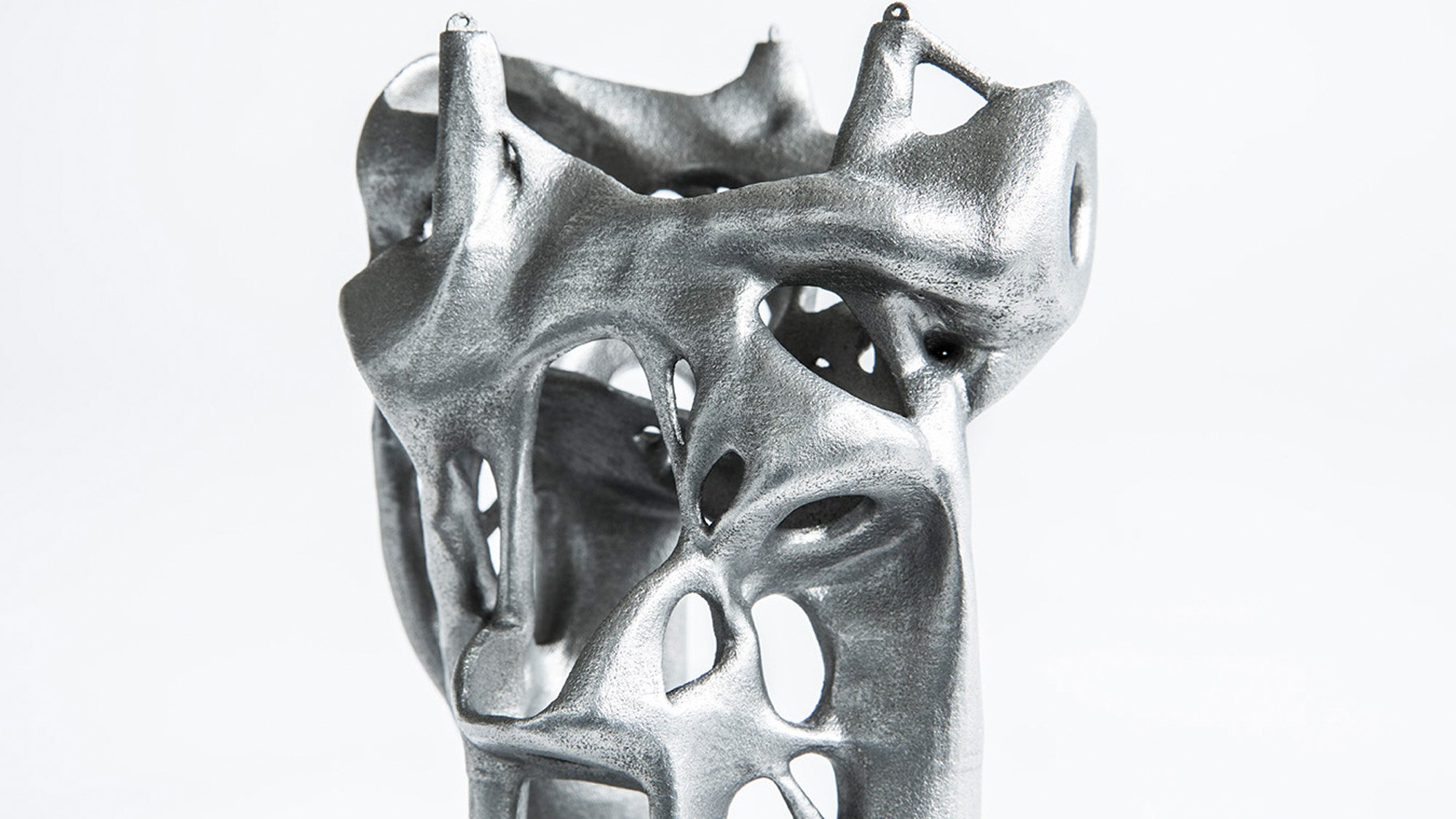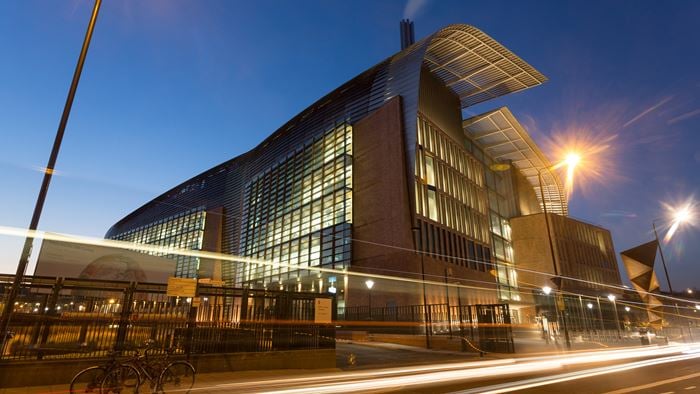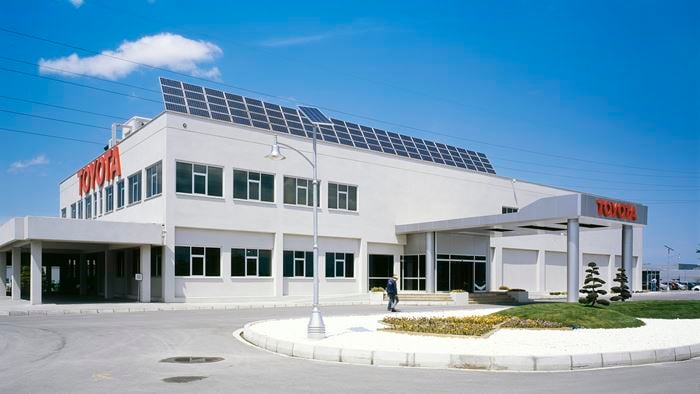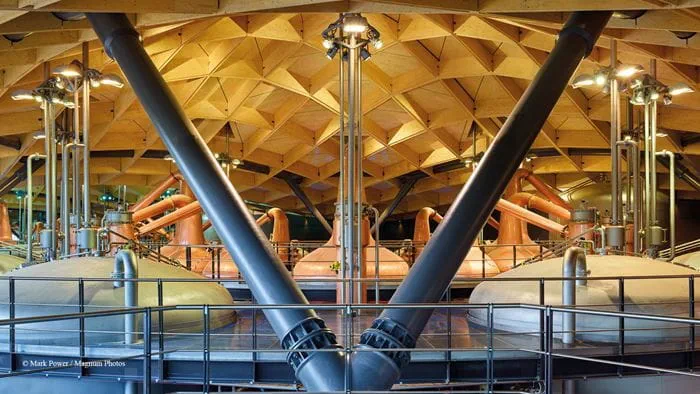Manufacturing is going digital and Arup is perfectly positioned to translate freeform architecture, lightweight structures and complex products into Additive Manufacturing (AM), or also called 3D printing, solutions. AM is the process of building up products layer by layer, offering an unprecedented freedom of form, resulting in endless possibilities in mass customisation, weight reduction, product integration and more. Mass customisation allows each product to be different, supporting overall flexibility in the shape of a building and the design of products that do exactly what they are supposed to do: not too much more and certainly not less.
The inspiration for this research and design project came from one of our projects: a trio of large tensegrity structures designed for a shopping street in The Hague. Having integrated street lighting, they were called ‘urban chandeliers’.
Due to the irregular shape of the structures most of the 1,600 nodes, connecting the cables to the struts, were different. This required ‘uniqueness’ inspired us to learn more about additive manufacturing and the photograp shows our first and second design iteration.

The three structural elements (nodes) shown are all designed to carry the same structural loads and forces. The difference is that the far smaller item on the right is designed using the very latest optimisation and design methods applied by Arup.
The work creates an opportunity for the use of AM in the field of construction and engineering. Our research illustrates how 3D printing can have a positive impact on the design and production process and the functional product. The resulting costs of future construction products could be decreased significantly, whereas architectural freedom will be increased dramatically.
We were the first to experiment with the ‘printing’ of structural building elements in metal. We advise clients on the benefits of the technique and the appropriate applications in their industry.
The key skills involved are topology optimisation, design for additive manufacturing, product design and structural engineering.
Download: technische informatie over het Additive Manufacturing research project (.pdf, 792 KB).

 ;
;






